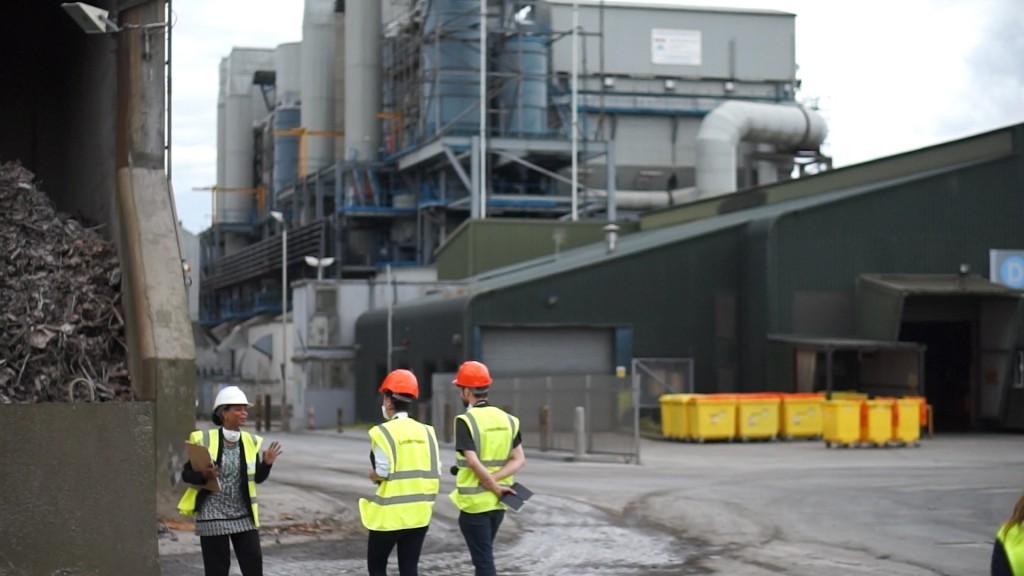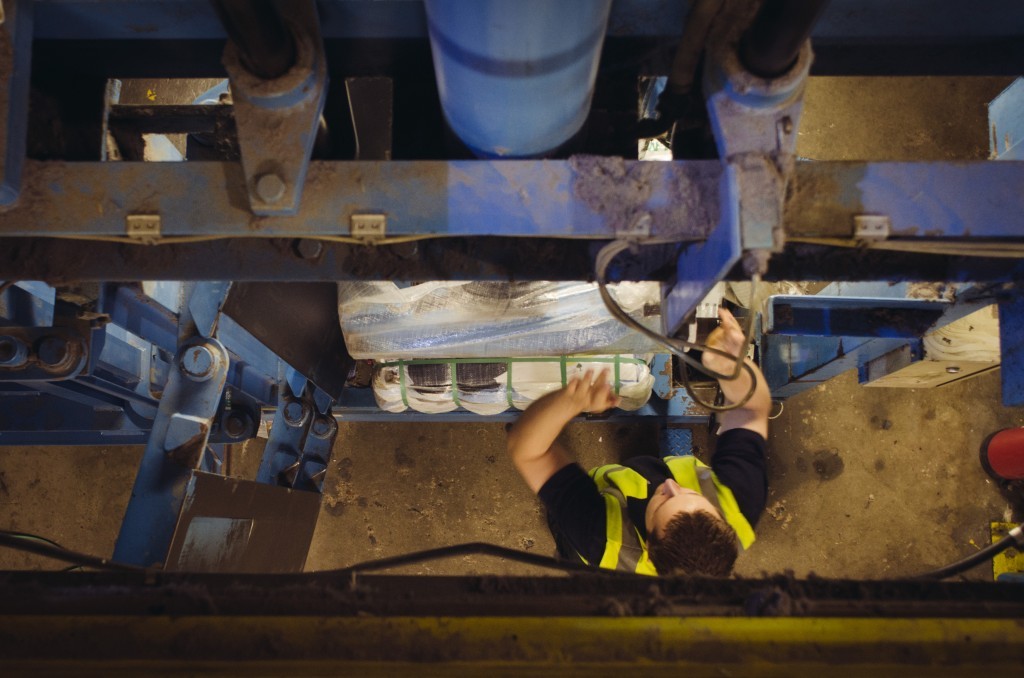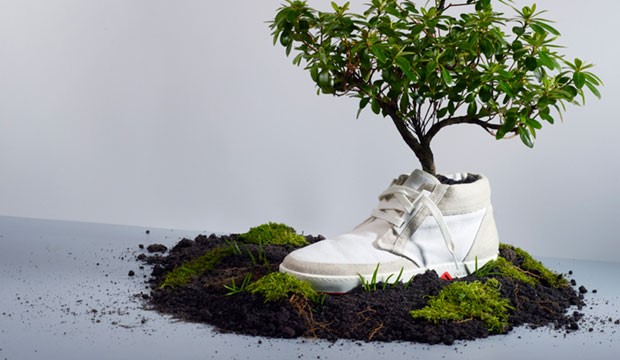Resources - Blog
The End-of-Life Customer

Product designer and RSA Great Recovery Intern Sebastian de Cabo discusses the implications of thinking beyond the first life of a product.
Current design practice concentrates heavily on user experience. User-centred design is one of the most important aspects considered when designing any kind of product, virtual or physical. We have now realised how important it is to not just solve specific problems, but to design these products for the people that use them. Using this methodology ensures your product will be easy and intuitive to use, which increases the probability of its success.
“The central premise of user centred design is that the best designed products and services result from understanding the needs of the people who will use them” – Design Council
The principles behind the user centred design methodology:
1.The design is based upon an explicit understanding of users, tasks and environments.
2.Users are involved throughout design and development.
3.The design is driven and refined by user-centred evaluation.
4.The process is iterative.
5.The design addresses the whole user experience.
6.The design team includes multidisciplinary skills and perspectives (ISO standard, 2010).
In order to further advance design thinking and methodology, I propose that we add a second customer to the product life-cycle, the End-of-Life customer. This would be the person who receives the product after it’s thrown away for the first time, or after it has been re-manufactured. Products would have an initial customer who uses it as intended, and then they would have a second customer who will re-use or dismantle the product, both of whom need to be considered in the original design.
Focusing on a second-life as well as first-life consumer would make it easier for designers to think about the end of life of a product and how to improve its design for disassembly and reuse by converting it into a user-centred problem.
Nowadays waste managers struggle to know which materials a product is made from, if there are any harmful chemicals in it (see Chem Trust), how best to separate it – or at least its key parts. If these waste handlers can’t carry out their job properly, they will send the product to landfill in order to avoid adding non-recyclable parts to the recycling stream which can halt the whole process. So how can we make life easier for the ‘user’ taking apart our products?

Design for disassembly is the process of designing products so that they can be taken apart easily, cost-effectively and rapidly at the end of their life so that components can be reused and/or recycled.
Here are some suggestions on how manufacturers can support this process (Loughborough University, 2015):
•Reduce the number of different parts and materials
•Avoid using glue to join parts together (use snap fits, push fits, or any other fit that is not completely permanent)
•If screws are used, use one type of standard screw for the whole product.
•Allow users to disassemble the product without using tools. If this is not possible, make sure that products can be disassembled using standard tools.
•Label the parts and materials by stamping (instead of plastic labels), so that waste managers know through what waste stream the part should be sent.
•Design sub-assemblies which can be taken apart easily.
But this new premise wouldn’t stop there as we could design the product for a third or fourth user too. As Bill McDonough describes in his book The Upcycle (a compulsory read if you’re interested in circularity and sustainable design), products should be designed not only for one use, but for multiple uses. As an intrinsic part of each product’s design process, designers should consider how the product will be used during its second or third life.
Another solution to provide a product with a second life would be to insert seeds in a product made from biodegradable plastic, or mix the plastic with useful nutrients for plants. After the first life of the product is over, it could start a second life buried in the garden. OAT shoes are a great example for this. The shoes contain a collection of wildflowers like Black Eyed Susans, Catchflies, Corn Poppies, Snapdragons and Sweet Alyssums embedded in the ‘seedsheet’, which is a sheet of paper sewn into the tongue of the shoe.

A typical problem when designing for circularity is that the need for circularity can override the initial need to develop products for longevity. That is why products should be designed to be long-lasting, then circular – the need to design a durable product comes first, but with the ability to build in multiple life cycles beyond this.
References
ISO standard, 2010 – Human-centred design for interactive systems (ISO 9241-210, 2010)
Loughborough University, 2015 – http://ecodesign.lboro.ac.uk/?section=97





